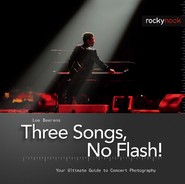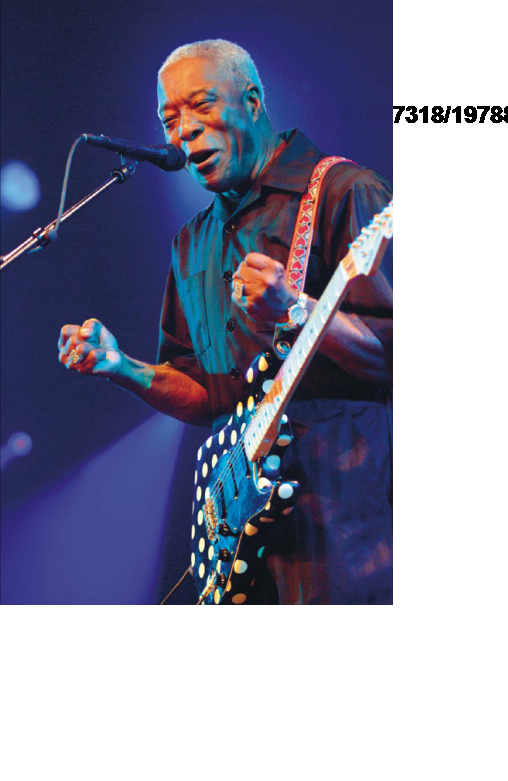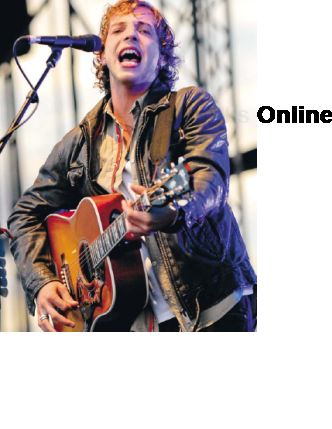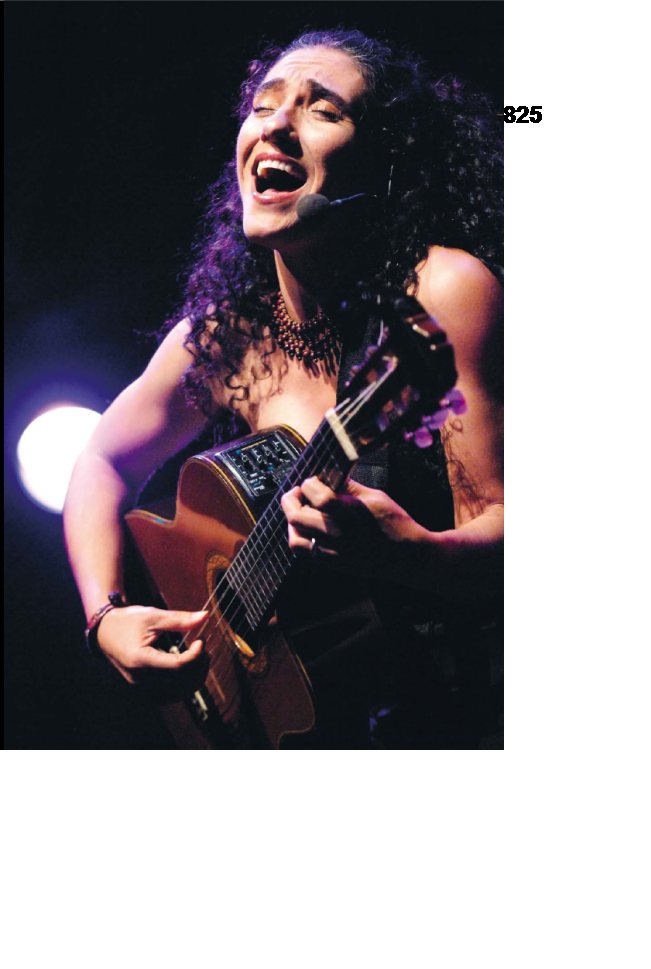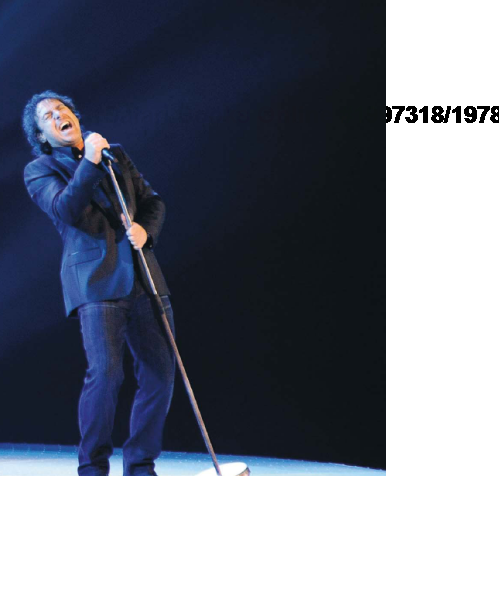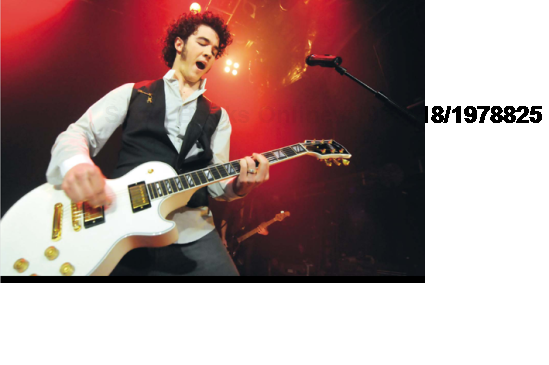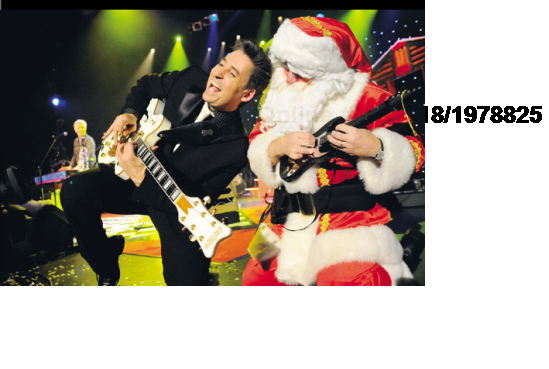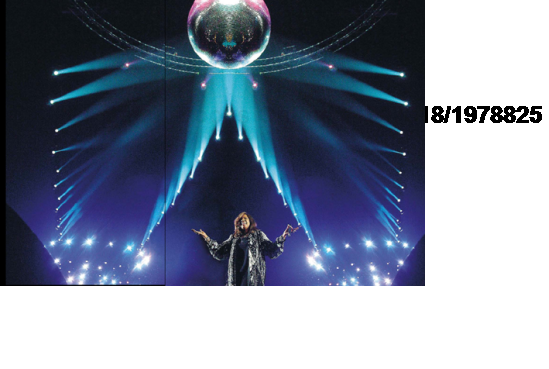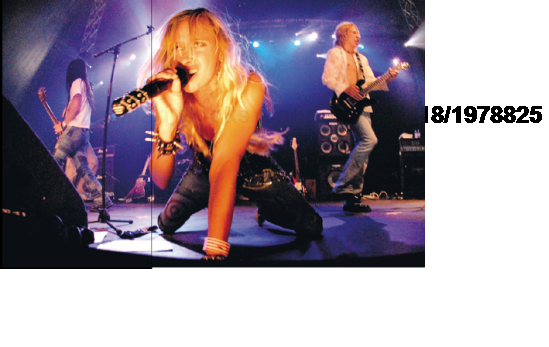The 70-200 mm and 24-70 mm lenses will more or less cover your basic needs. You may even own these lenses already. A potential financial problem is that the luminosity of the lenses must be as high as possible. Low light and fast movements force you to go for faster shutter speeds. As a result, fast lenses are required to face up to any situation. In this case, we are talking about f/2.8 lenses that are rather expensive. Should that be a problem, look for the Sigma and Tokina brands that combine high quality with reasonable prices. In some cases, the objectives of Sigma and Tokina lenses are even better than the ones from the camera manufacturer. A zoom lens of f/4, f/5, or f/6 is a cheaper way out, but it will bring down your scoring percentage. If you look at the photos in this book, you can see how often I took shots with full opening, i.e., f/2.8.
At the moment my concert photography equipment includes:
Nikon D3
Nikon D700
Nikon 14–24 mm f/2.8
Nikon 24–70 mm f/2.8
Nikon 70–200 mm f/2.8 VR
Sigma 120–300 mm f/2.8
For emergencies when there is hardly any light, I have a Nikon 85 mm f/1.4 with me, but with the current possible high ISO values on modern cameras I could do without it.
Always go for a fully framed picture. You get better quality because you don't have to crop it, and it increases the chances of sharpness. With the limited depth of field sharpness you get with aperture openings like 1.8, 2.8, or 4, you lose that sharpness once you make the shot wider. Focus on the eyes and hold onto that, even if the subject steps away from your view. Be patient, the subject will come back. With a narrow frame like this, it's a difference of a few inches. You can check this with one eye. If the subject is just outside your picture, hold onto your composition or move your camera a little bit sideways. If something completely different or unexpected happens, too bad! Just save your composition for later.
As you know, we've been talking about long lenses. The 70–200 mm mentioned before enables you to frame as narrow as possible. I personally use a 300 mm lens often when I am front stage. It's the perfect lens for both headshots and reaching the other side of the stage. Another great advantage of long lenses is that the background is out of focus, so you pull your main subject away from the back ground. A stage is often packed with disturbing elements like microphone stands, tripods, etc. By using a long lens, you clean up the shot nicely. Only attributes that belong to your main subject are important content in your photo. Leave the rest out of sight.

With a telephoto lens, you don't always need to make a telephoto shot. If you look at the photos on these pages, you will notice that I chose the telephoto lens for a wider shot, as if I were using a wide-angle lens. The reason for this is to show the size of the stage and how small the artist looks during this technical spectacle. The lens makes the spots seem bigger and pulls them loose from the background. Special photos are not only made front stage! To get a shot with an effect like this, you have to go into the audience, 50 to 60 meters away from the stage. (However, you won't get access to the hall carrying an SLR camera and a long telephoto lens. You will need a photo pass.) Art directors love these kinds of shots. They are perfect for a two-page spread in a magazine because all the elements are clear and there is enough space for big headlines.
To be able to use a wide-angle lens, and I mean a really wide-angle lens, is pure luxury. It means you are very close to the stage and the stage is lower than usual. However, I often shoot up in the air when I use a wide-angle lens. With the photos on this page, it was rather easy. The top left shot shows the Jonas Brothers during their first European tour in a small London venue. The stage was approximately half a meter high, ideal to "crawl under the guitar" and make this dynamic shot. Note that the microphone is included and that the focus is on the eyes.
During a Christmas show featuring René Shuman, Santa played a plastic guitar, as a comical note, in the corner of the stage. To capture this, I included him in my frame on the far right and waited to see what would happen. The entertainer was bound to go over to Santa during his solo. Everything was set: lighting, sharpness, and composition. Just jump into the frame, please!
During a big company party, Gloria Gaynor performed her biggest hit, "I Will Survive", and yes, the company still exists. I decided that the best shot would be to combine her with the disco ball hanging from the roof. I lay down on my back and waited until she was in my frame and visible enough between the monitors to take this photo. The expression, pose, lighting, everything is perfect in this shot. To me it is the ultimate photo of a disco queen.
This stage was so low that I could lean over, stretch my arms, and push the camera for-ward. From that far away I could still see something through the viewfinder and aim for my subject. This is how I managed to cover the complete stage with a Nikon 10.5 mm lens. Suddenly singer Daize Shayne threw herself on the floor, moved forward, and stopped right in front of my lens. I made the shot. It sort of scared us both at that moment, but afterwards, when we saw the shot, it didn't matter anymore.
